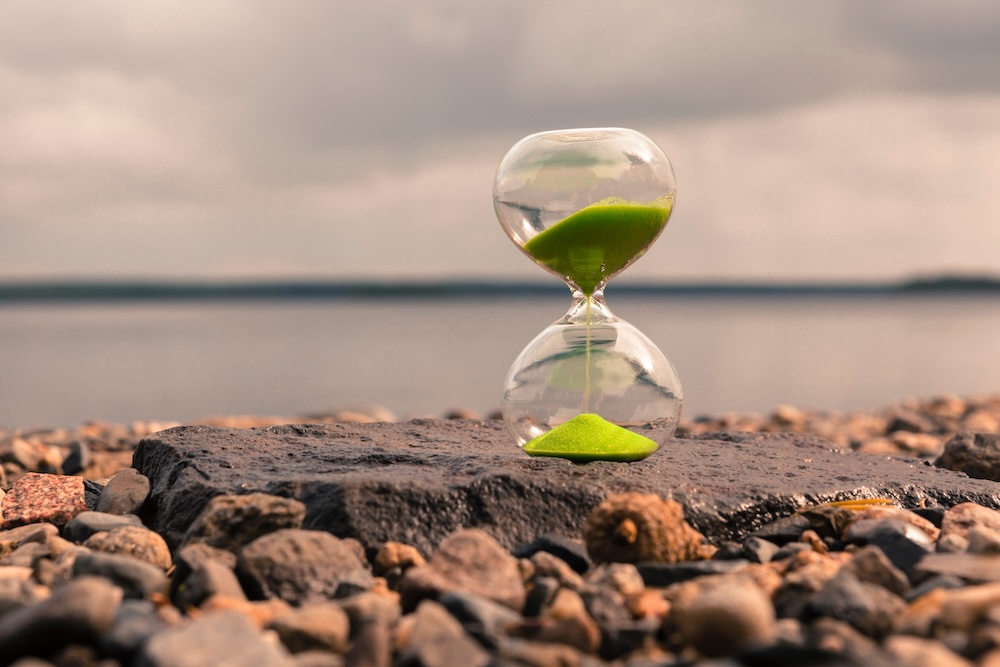Somewhere between the speed of production and the rush of consumption, we lost something essential — time to think, to care, to choose.
The “slow” movement began as a whisper against a world obsessed with instant gratification. Now, it’s becoming a global reawakening — a cultural shift reminding us that faster isn’t always better, and that sustainability begins with pace.
From how we dress to what we eat, slow is becoming the new meaningful.
The Culture of Speed
The modern economy thrives on urgency. Fast food, fast fashion, fast delivery — all built to satisfy in seconds.
But this acceleration comes at a cost:
- Clothes made to last weeks instead of years.
- Meals grown and processed with little regard for ecosystems or ethics.
- Workers and resources stretched thin to keep pace with endless demand.
Speed doesn’t just strain systems — it erases awareness. The faster we move, the less we see.
What “Slow” Really Means
The slow movement isn’t about doing less — it’s about doing better.
It began in the 1980s with slow food, when communities in Italy resisted fast-food chains by celebrating local, seasonal, and traditional meals. That small act of resistance sparked a global philosophy.
Today, “slow” has spread far beyond the table:
- Slow Fashion: Garments made with care, designed to last, and often crafted from natural or recycled materials.
- Slow Travel: Exploring fewer places more deeply, with respect for local cultures and ecosystems.
- Slow Living: Choosing mindfulness, presence, and quality over quantity in daily life.
The thread connecting all of them? Awareness.
Why Slowing Down Heals More Than We Think
1. Environmental Impact
Fast industries — fashion, agriculture, transportation — are responsible for a massive share of global emissions.
By slowing down, we reduce overproduction, waste, and resource exhaustion.
A garment worn 50 times instead of 5 reduces its carbon footprint by over 400%.
A meal sourced locally emits a fraction of the CO₂ of imported foods.
Slower systems sustain longer because they give ecosystems time to regenerate.
2. Human Well-being
Speed-driven economies treat exhaustion as productivity. But burnout — physical, emotional, environmental — is a sign of imbalance.
Slow culture restores connection between effort and reward, between people and purpose.
It’s a rhythm that nurtures both the maker and the consumer.
3. Economic Shift Toward Quality
Slower doesn’t mean smaller — it means smarter.
When consumers buy less but choose higher-quality, ethically made products, economies shift toward durability, craftsmanship, and innovation that respects the planet.
Slow doesn’t shrink value; it refines it.
The Art of Intentional Living
Living slowly doesn’t require abandoning technology or convenience. It means questioning why we rush — and whether the speed serves us or someone else’s bottom line.
It means:
- Taking time to learn where things come from.
- Supporting brands and farmers who align with your values.
- Enjoying experiences that feed your awareness, not just your appetite.
Each mindful act becomes a quiet rebellion against a system that profits from distraction.
How to Begin Your Own “Slow Shift”
- Buy Less, Use Longer: Repair what you own before replacing it.
- Eat Seasonally: Support local farms and reduce transportation emissions.
- Practice Presence: Put away screens while eating or walking — reconnect with your senses.
- Value Time, Not Volume: Quality takes time — whether it’s a meal, a garment, or a conversation.
Small acts accumulate. They create a rhythm that feels more human — and far more sustainable.
Final Thoughts
The slow movement isn’t nostalgia — it’s evolution.
It’s our collective pause, our reminder that we can choose meaning over momentum.
In slowing down, we rediscover life’s real texture — its patience, depth, and balance.
Because speed may build economies, but slowness builds connection.
And connection is what sustains us all.









Reader Interactions